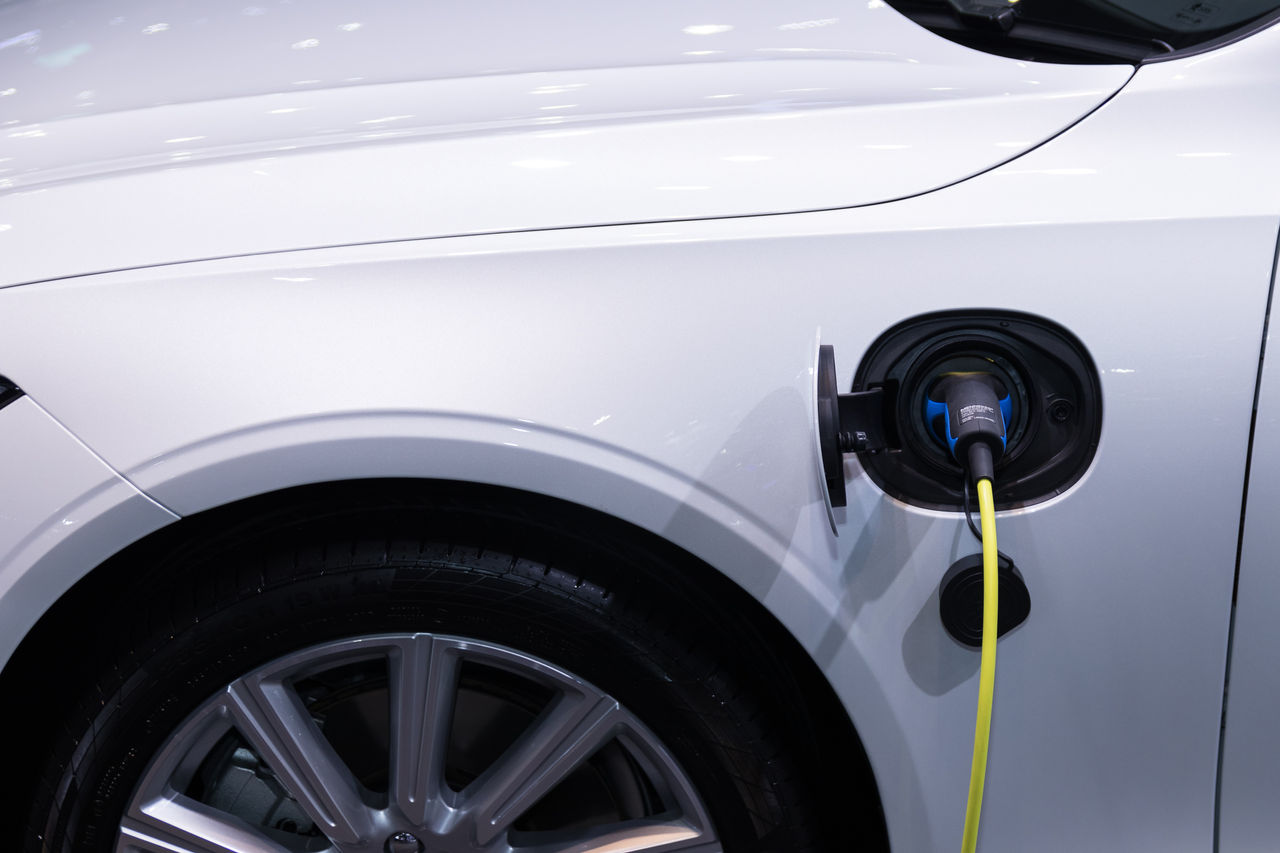EV owning guide - Charging at home
10 October 2022
Charging at home is one of the big advantages of electric vehicle ownership – you might never need to refuel again. It does raise some questions though: how fast will your car charge, what equipment do you need, and how much will it cost to set up?
There are two hardware options for charging your battery or hybrid electric vehicle at home: plugging it into a domestic socket or using a specialty EV charger. Each one has its pros and cons, and you’ll need to weigh up charging speed and costs when you make your decision.

You can charge using only a domestic socket
The battery in your vehicle has a lot in common with the battery in your phone, and both can be charged using a standard domestic three-pin socket. The advantages of plugging into a power point are:
- The set-up cost is low or zero. You will need a charging cable that works with your specific make and model, but often these are included with your EV.
- It’s convenient. You can plug into any socket in the house or garage.
- The cost of charging is low. You can charge overnight using off-peak energy. Some power providers have EV plans with reduced rates on night-time energy use, which can make it even more cost-effective. (One plan also allows you to use overnight power at public charging stations.)
The main disadvantage of plugging into the socket Is that it’s very slow. It typically takes 12 to 14 hours to charge a battery electric vehicle (BEV) sufficiently to give you 100km of range. A plug-in hybrid electric vehicle (PHEV) will fully charge much more quickly. A long-range BEV is unlikely to reach 100% charge overnight – it might take 20 to 30 hours, for instance.
Cut your charging time dramatically with an EV charging unit
If you want to charge your car faster, you’ll need to step up to an at-home charger. An EV-specific charging unit, installed in your home, has several advantages:
- Speed. Using a wall charger will cut your charging time by around two-thirds, so it will take only around four hours to charge a BEV with enough energy to travel 100km.
- It’s a selling point. As EVs become the norm, having an EV charger in your home will be an attractive feature for future buyers or tenants.
- You can quickly charge during the day. The speed of a wall mounted charger means you can top up your EV quickly when you stop at home for an hour or two.
- You can heat up your car while it’s charging. On cold mornings, you can warm up your BEV before you get in, while it’s plugged into the charger. That helps extend your range because you’re using grid power, not battery power, to heat it up.
The downside of a wall-mounted charger is the initial installation cost. It needs to be fitted by a licensed electrician who has experience with chargers. The cost is typically around $2,000 for the charger and another $2,000 to have it fitted. If you buy a new BEV, the manufacturer may recommend the use of a wall charger.
Staying safe when charging your EV at home
Charging your EV at home for the first time can be quite daunting. To make sure that everyone stays safe when the car is being charged, make sure to:
- Always use adaptors and cables supplied by the car’s manufacturer or the charger company.
- Don’t use socket-outlet adaptors.
- Don’t try to charge two cars from one socket.
- Don’t use extension leads.
- Ensure your charging hardware is compatible with your home’s power supply and your vehicle.
- You can read the full Worksafe EV charging guidelines here.
You can read the full Worksafe EV charging guidelines here.

